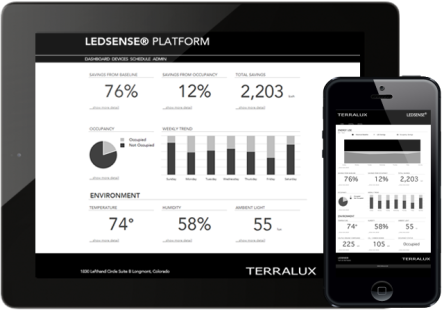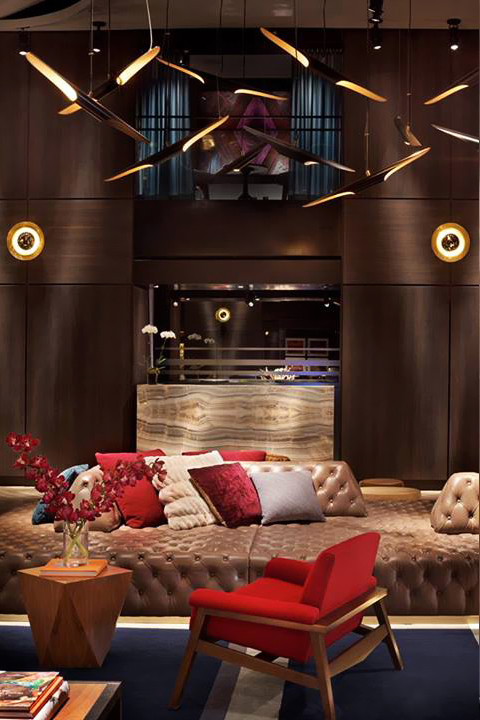The Smart Home is a very entertained interest in the technology industry; nowadays it comes equipped with devices capable to increase comfort, protect occupants, and save on utility bills. Houses already have Nest – the smart thermostat, Goji – the smart lock, Tado Cooling – the air conditioning/ thermostat smart device, and Luna – the smart mattress cover. Using the smartphone as the device to turn on lights, lock doors, check humidity levels, and monitor energy use inside the home, requires a large data set, and systems must be programmed individually and connected to the controlling transmitter. Terralux, a LED lighting company, recently launched a new product named Ledsense, which is a cloud based lighting system with brain power. Looking at the evolution of LEDs, not too long ago, they were not only ineffective, but also very expensive; those were the shining times of the Compact Fluorescent Lamps (CFLs). Since then things evolved and nowadays LEDs show increased improvement in efficacy, today demonstrating some of the highest light outputs – measured in lumens per watt – and at the same time, the economics of LEDs are compatible with other light sources. Slowly, but surely, LEDs are replacing CFLs, with more and more organizations looking to save money and deliver a lighting alternative that is friendly with the environment. The Ledsense platform integrates the LED light unit with sensor communication and control technology; it acts like an Internet of Things on LED lights. These units are quite amazing: they include sensors that can determine building temperature, sense motion from a person in the vicinity, and even sense odors and potentially toxic chemicals in the air. All this data is collected and then communicated back to the building owner, through the cloud. “A light is no...
Learning to Like LEDs...
Bulbs gain multifamily traction
Multifamily professionals are torn when it comes to LEDs. While many love the idea of a bulb that lowers utility bills without sacrificing brightness, they aren’t in love with the high upfront costs. It can also be hard to tell when it’s worthwhile to invest in LEDs when halogen, fluorescent, CFL, or even incandescent bulbs might suffice. A few tips might make the decision easier. When it comes to longevity, LEDs are hard to beat. LED lamps can last up to 50,000 hours, outliving the average incandescent bulb by more than 10 times. This makes them ideal for hard to reach places like stairwells, parking lot posts, and ceiling-mounted security fixtures. LEDs are also incredibly useful for fixtures that must stay lit day and night. The light emitting diodes also have less practical and more fashionable applications. LEDs are now more versatile than ever, making them ideal for eye-catching applications in hip, newly constructed buildings. Different colors and warmths allow lighting designers to explore endless interior and exterior possibilities. Like their incandescent cousins, LEDs can now be dimmed, a feature that designers have craved for years. There is even a new line of OLEDs with thin, flexible lamps that promise innovative new creations like poster-thin televisions for fitness centers and bedroom windows that turn into lamps at night. Though the advantages of LEDS are evident, you must first make sure that you can provide the proper housing for the bulbs to reap their full potential. The longevity of LEDs helps the lamps to pay for themselves in just 4-6 years but such returns aren’t a sure thing. James Youngston, IALD, LC Principal at Gabler-Youngston explains, “Retrofit lamps are rated for 50,000 hours but that’s based on turning them on is sockets by themselves, not...


